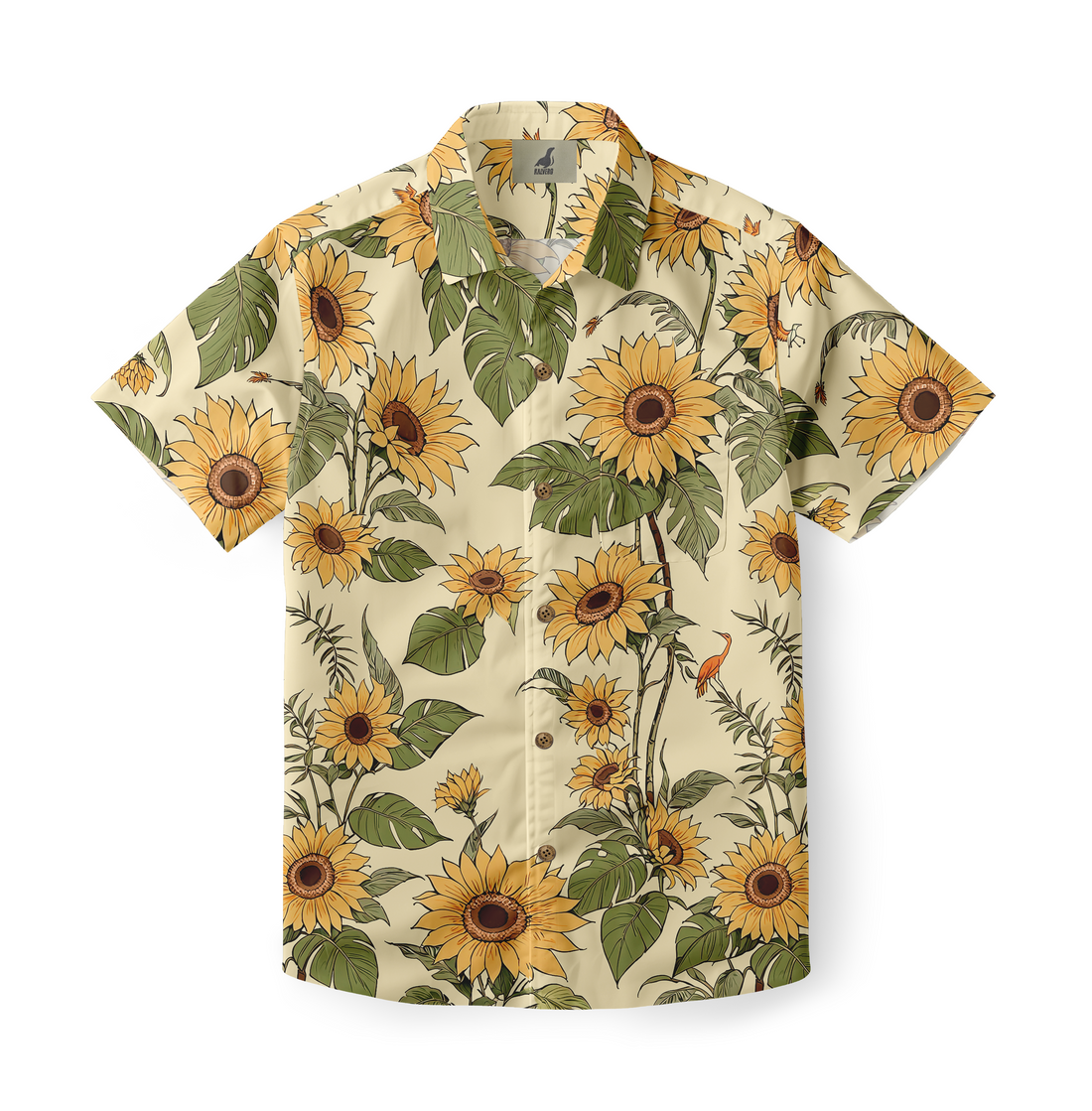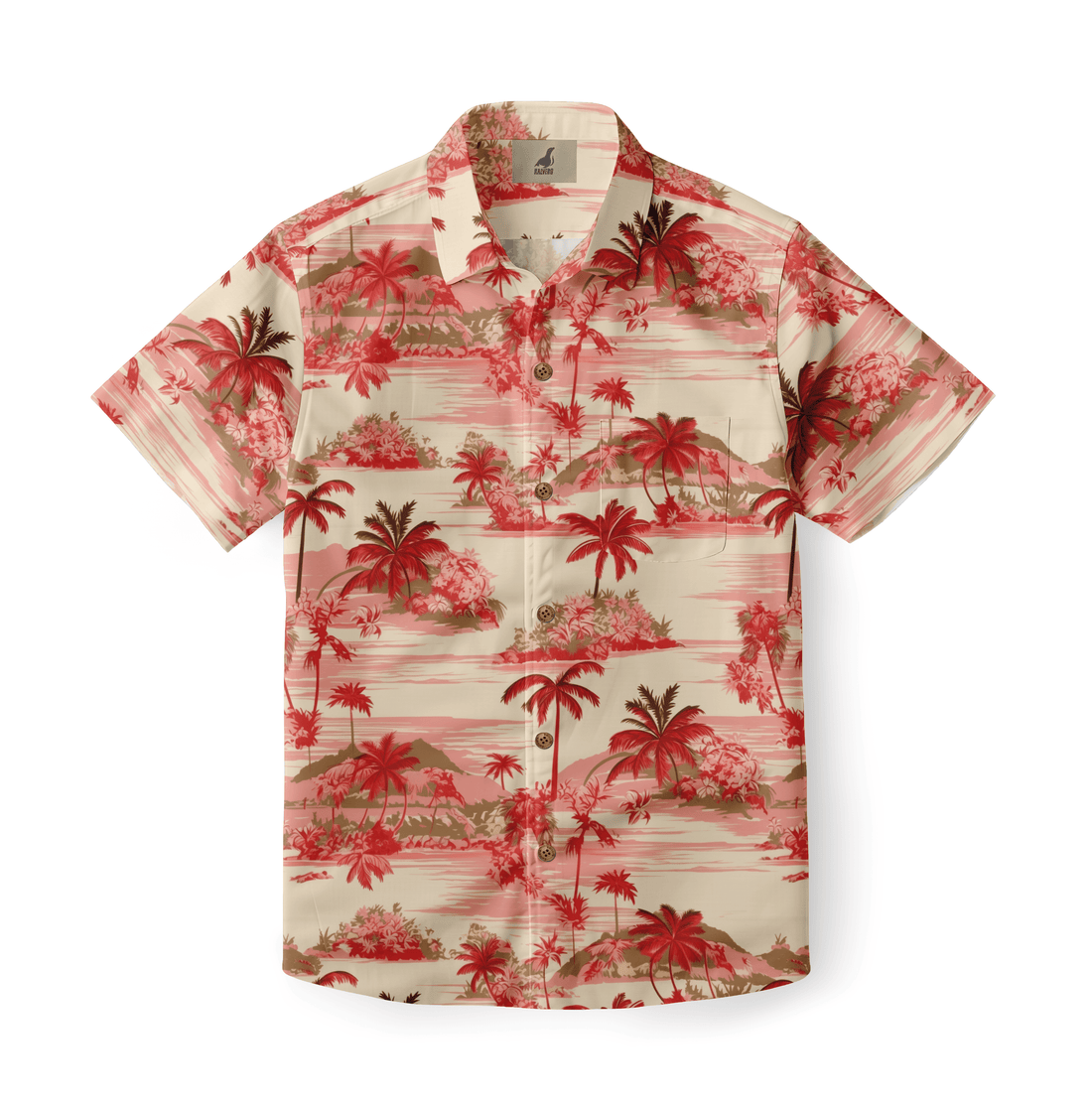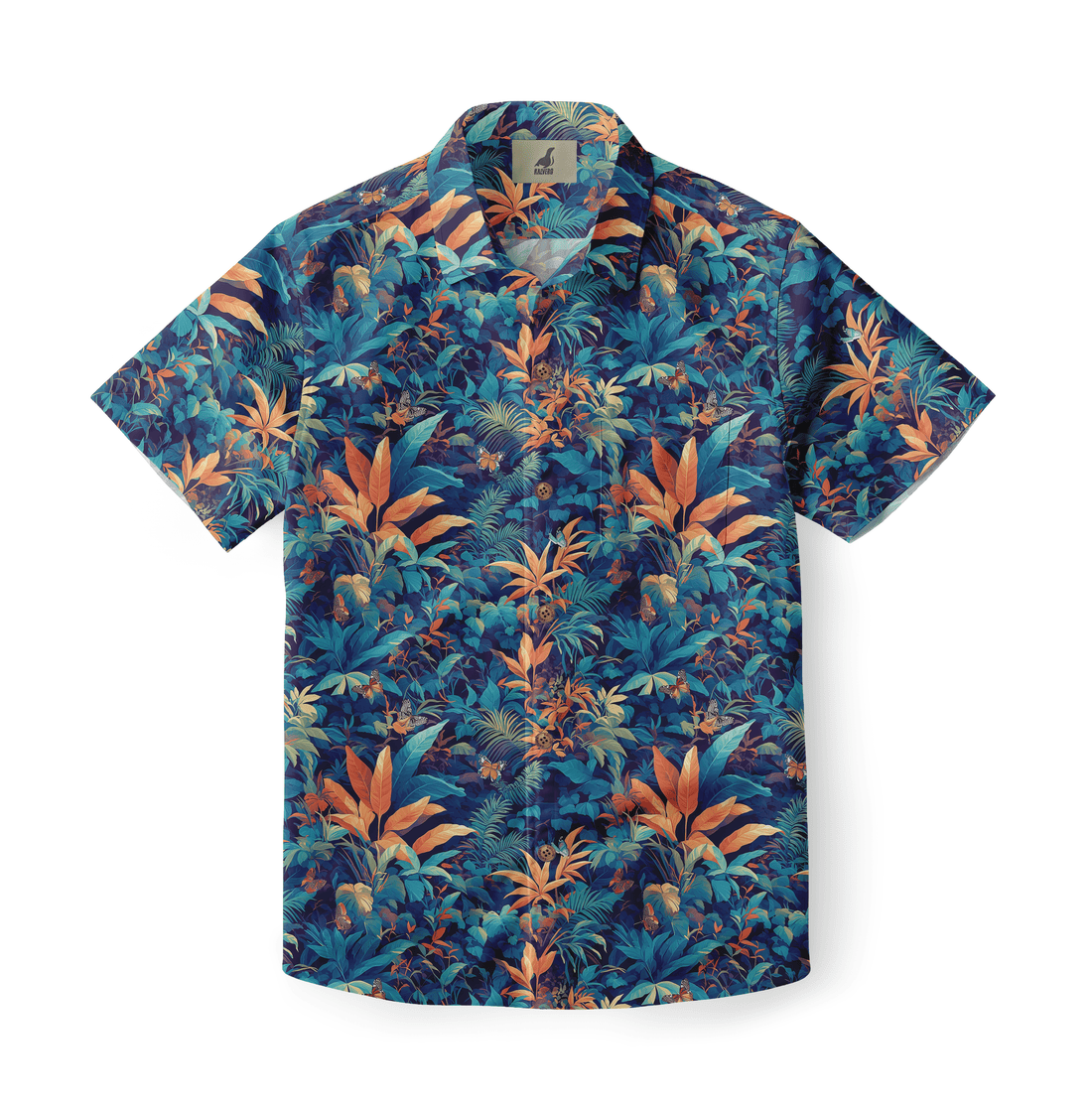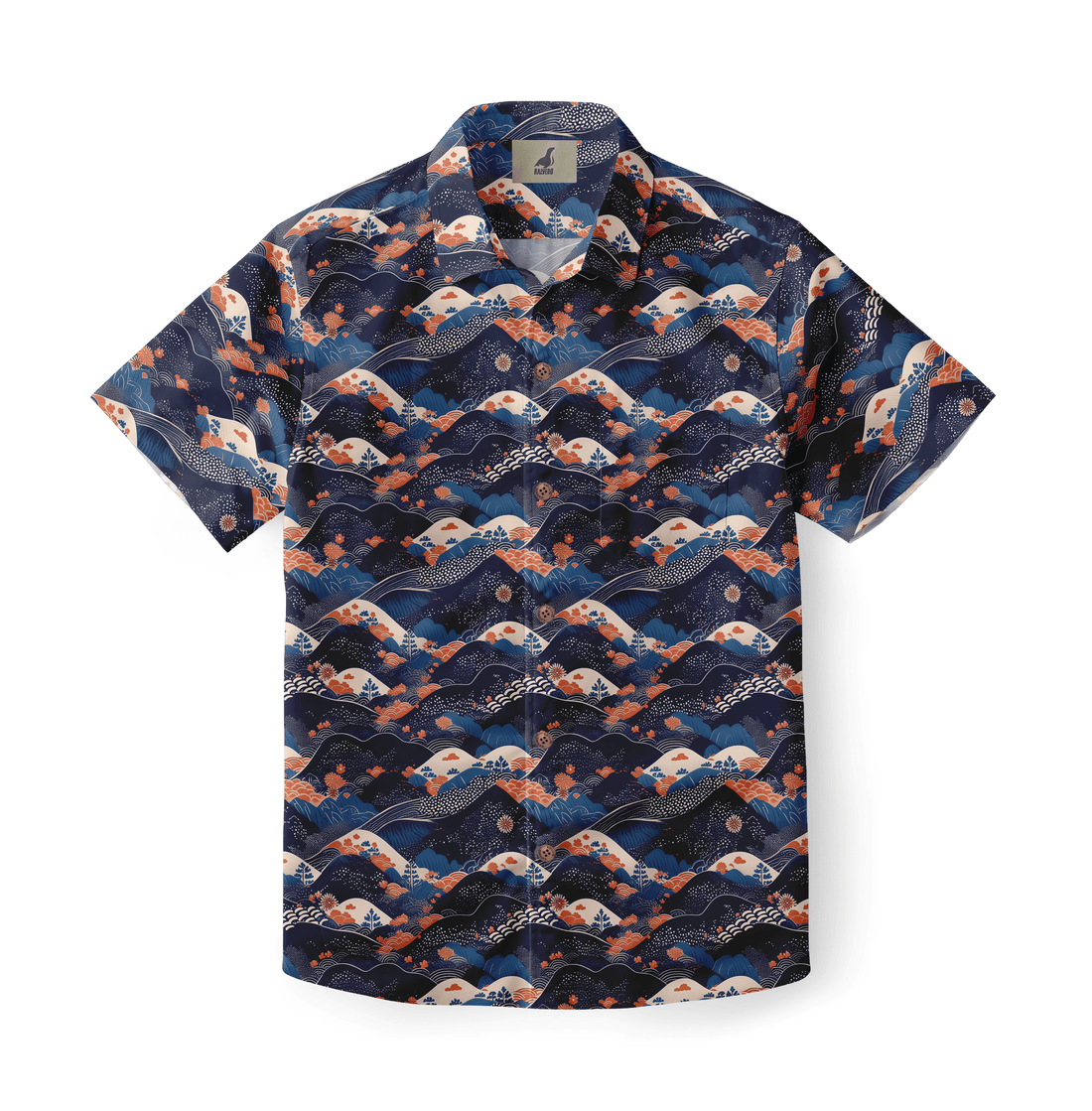Is it appropriate to wear a Hawaiian shirt to a family gathering? This question sits at the intersection of comfort, culture, and courtesy. Consider tone, host preferences, and local norms before choosing an outfit. Many gatherings favor relaxed clothing, but some family events call for restrained presentation. Notice invitations and venue cues to make a wise choice. When in doubt, ask the host or pick a safer smart-casual option. Aloha prints can read festive or informal, so tailoring and color selection matter. Thoughtful choices show respect while preserving comfort. Applying these considerations helps ensure your outfit enhances the event rather than distracting from it.
Social context and tone
Is it appropriate to wear a Hawaiian shirt to a family gathering? Social context guides whether the shirt fits. Backyard barbecues and pool parties welcome bold prints and loose silhouettes. Holiday dinners or memorials usually require muted palettes and polished attire. Observe other guests’ wardrobe choices when arriving to adjust your look. Hosts with cultural or religious traditions may expect specific modesty or colors. Family dynamics also shape dress norms, especially around elders. Casual family milestones often tolerate playful patterns, but important rites rarely do. Adapting to tone shows emotional intelligence and fosters smoother interactions among relatives with varied expectations.
Cultural and regional differences
Is it appropriate to wear a Hawaiian shirt to a family gathering? Regional culture influences the answer strongly. In tropical or coastal regions, aloha shirts can signal local pride and hospitality. Urban or continental settings might read the same shirt as novelty or vacation wear. Diaspora communities may interpret motifs through memory and ethnic meanings. Tourist-heavy locales sometimes treat aloha prints as acceptable leisure wear. When family roots connect to the islands, choosing authentic patterns and supporting local makers signals respect. Conversely, avoid caricatured or appropriative designs that mimic sacred symbols. Cultural sensitivity reduces friction and shows regard for hosts’ backgrounds and values.
Dress code cues, host expectations, and etiquette
Dress codes often accompany invitations or event listings. Phrases like “casual,” “cocktail,” or “dressy casual” give clear signals. If a card lists a formal dress code, a bright Hawaiian shirt likely strays too far from expectation. Digital RSVPs sometimes include photos that indicate style. When hosts request uniform colors, adhere to those directions. Bringing a neutral blazer or scarf helps convert a shirt into a smarter ensemble. Etiquette also covers how you present yourself when greeting elders and hosts. A modest approach on arrival with the option to relax later shows both courtesy and flexibility. Such small moves earn appreciation without sacrificing personal style.
Fabric, climate, and practical comfort considerations
Fabric choice affects both comfort and perceived appropriateness at family gatherings. Breathable cotton and rayon keep wearers cool at outdoor events. Linen blends wick sweat and maintain structure for longer durations. Avoid shiny synthetics when aiming for a refined look, as they can read overly casual. Consider patterns that mask minor wrinkles for travel and long days. Colorfast dyes prevent bleeding onto table linens or lighter fabrics when hugging or close-contact occurs. For evening gatherings, layer with a lightweight jacket to maintain warmth. Practical comfort choices keep attention on social interactions rather than on physical discomfort or wardrobe fixes.
Matching formality: casual, smart-casual, semi-formal events
Hawaiian shirts bridge casual and smart-casual when styled deliberately. Pairing a tailored aloha shirt with chinos upgrades the look for semi-formal receptions. Neutral colors and subdued prints help transition the shirt into a wedding rehearsal or family anniversary. High-contrast florals suit daytime functions, but tone-down palettes work better at evening dinners. Avoid extreme novelty prints for milestone events where sentimental photos will be displayed for years. For truly formal family occasions, traditional shirts, blouses, or suits remain safer. Matching formality allows you to honor the event’s importance while retaining personal expression on appropriate occasions.
Styling tips to make a Hawaiian shirt suitable for family settings
Small styling choices shift perception dramatically. Choose a slim or structured cut rather than an oversized silhouette to keep the look intentional. Tuck the shirt into tailored trousers for a cleaner line when needed. Add a lightweight blazer in neutral tones when entering more formal spaces. Select smaller pattern repeats for tighter frames and larger prints for oversized fits. Keep accessories minimal to avoid competing visual noise and to respect photograph composition. Opt for muted colorways for evening events and richer hues for daytime festivities. These adjustments let you keep a favorite shirt while matching the family atmosphere respectfully.
Children, elders, and intergenerational sensibilities
Family gatherings often bring multiple generations together, each with distinct sensibilities. Elders might value modesty and reserved patterns. Young guests may respond positively to bright, playful prints. When balancing these different tastes, choose designs that nod to fun without shouting. If elders hold central roles in the event, lean toward subdued palettes and classic cuts. For gatherings centered around kids, cheerful shirts are usually well received and help set casual play tones. Checking with the host about elder preferences supports smooth intergenerational interactions and signals respect across age groups.
Photography, memories, and visual cohesion at gatherings
Photographs at family events become lasting records, so clothing choices affect future memories. Loud patterns can dominate group photos and draw attention away from faces. Coordinated palettes across the family create cohesive images that age well. If the couple or host requests coordinated colors, comply to preserve visual harmony. For surprise photos or formal portrait sessions, consider bringing a neutral overlayer to temper bold prints. Photographers appreciate predictable color stories, which reduce post-processing time and maintain natural skin tones. Thoughtful wardrobe decisions contribute to cherished photos rather than distracting visual noise.
Ethical sourcing, cultural respect, and attribution
Choosing Hawaiian shirts sourced ethically supports local artisans and respects cultural lineage. Purchasing from makers with fair wages reinforces sustainable craft communities. Authentic patterns often carry histories and meanings that deserve attribution. When you wear island motifs, try to credit sources or mention the maker when appropriate. Avoid mass-produced designs that appropriate sacred symbols or misrepresent cultural motifs. Donating proceeds or gifting authentic pieces to family members can deepen meaningful connection to the garment. Ethical sourcing aligns personal choices with broader social responsibility and honors the cultural roots behind the patterns.
Quick rules for wearing Hawaiian shirts to family events
-
Check the invitation or ask the host when uncertain.
-
Choose muted palettes for formal or elder-centered gatherings.
-
Prefer structured cuts over oversized casual fits.
-
Layer with a blazer or wrap to elevate the shirt.
-
Support authentic makers when possible and avoid caricatures.
Applying the quick rules in practice — decision checklist
Applying the quick rules above simplifies last-minute choices. Start by reading the invitation and noting key cues. Next, scan the guest list mentally for elders or formal hosts who might expect restraint. Choose a shirt with refined colors if the event leans formal. Add a neutral layer for entry to signal respect while retaining the ability to relax later. When purchasing, pick sellers who provide maker info and clear materials. Use the checklist as a quick pre-event routine to minimize wardrobe regrets and ensure your outfit aligns with both family expectations and your personal comfort.
Comparative table: Hawaiian shirt styles by occasion
| Occasion | Suggested Shirt Style | Styling Tip |
| Backyard barbecue | Bold floral, relaxed fit | Pair with shorts or jeans |
| Birthday dinner | Muted print, tailored cut | Add chinos and loafers |
| Wedding rehearsal | Subtle pattern, fine fabric | Layer a neutral blazer |
| Memorial or formal service | Solid neutral or no aloha shirt | Choose respectful, conservative attire |
How to use the comparative table when planning outfits
Use the table above to align shirt style with the specific tone of each family event. Bold florals suit relaxed outdoor gatherings, while subdued prints fit dinners and rehearsals better. Wedding rehearsals often allow smart-casual shirts paired with blazers. Formal commemorations usually demand traditional attire and avoidance of novelty prints. Matching the shirt to the event keeps attention on relationships rather than on clothing. Planning outfits with the table reduces last-minute stress and ensures photos and memories reflect the intended tone and respect for hosts and elders.
How to buy, gift, or donate shirts after the event
When ordering for a group, request fabric swatches to confirm color accuracy and drape. Choose tailors or vendors who accept returns or offer minor adjustments for fit variations. Gifting a commissioned, locally made shirt creates a meaningful token for close family members. After events, donate lightly used shirts to local community centers or theater groups for costume use. Re-homing shirts extends their cultural value and reduces textile waste. Keep receipts and maker information to pass along provenance when gifting. Thoughtful purchasing and post-event reuse support both memory and sustainability practices among families.
Final takeaways and respectful choices
Deciding whether a Hawaiian shirt suits a family gathering depends on context, host preferences, and cultural factors. When chosen with care, an aloha shirt can offer comfort and contribute to warm, memorable gatherings. Opt for quality fabrics, refined cuts, and respectful patterns when elders or formalities matter. Layering and neutral accessories provide flexible solutions for shifting tones during events. Supporting authentic producers strengthens cultural ties and ensures respectful use of motifs. Prioritizing courtesy while expressing personal style keeps family focus on connection and shared experience rather than on apparel statements.
Frequently Asked Questions
Is it rude to show up in a Hawaiian shirt at a formal family dinner?
Formal family dinners normally imply a reserved dress code and a degree of decorum. A bright Hawaiian shirt may appear too casual or distracting in that context. Hosts often expect attire that honors the occasion, especially when elders or formal traditions are present. If you want to retain the aloha vibe, choose a subtle print with muted tones and pair it with tailored trousers and dress shoes. Adding a blazer on arrival signals respect and lets you relax once the host indicates a more casual atmosphere. When uncertain, ask the host privately for a quick wardrobe cue to prevent accidental offense.
How can I balance personal style with respect when wearing a Hawaiian shirt around elders?
Balancing style with respect starts with color and cut choices that show consideration. Elders often respond better to restrained palettes and classic silhouettes. Selecting smaller-scale prints reduces the visual footprint and reads as more mature. Pairing the shirt with neutral trousers or a classic jacket helps bridge generational tastes. When participating in ritual or ceremonial moments, consider removing or covering bold prints as a sign of deference. Communicating intention to elders, perhaps by noting the shirt’s cultural origins, can also foster appreciation. Small gestures of respect maintain warmth while honoring family traditions.
What should I do if my Hawaiian shirt causes unexpected offense at a family event?
If a shirt unexpectedly offends, address the situation calmly and promptly. Apologize sincerely to anyone affected and offer to change into a more neutral option if possible. Showing willingness to adapt demonstrates empathy and preserves relationships. After the event, reflect on cues you may have missed and update future wardrobe choices accordingly. Consider replacing the offending shirt with a locally made, respectfully patterned alternative for future gatherings. Open communication and remedial actions usually repair discomfort and signal your commitment to family harmony.








